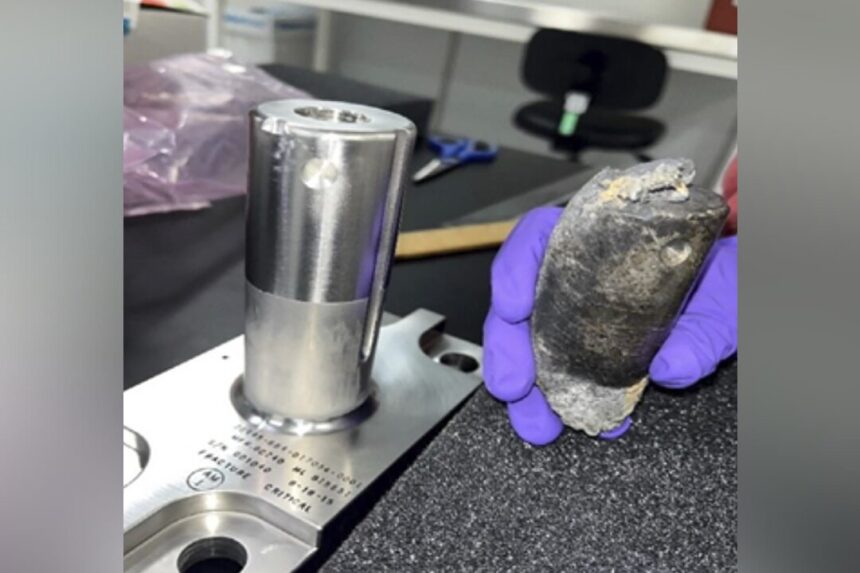A Florida family whose home was damaged by a piece of debris that fell from the International Space Station and smashed through their roof earlier this year is seeking compensation from NASA for property and emotional damages.
Ms. Worthy said her client’s son was at the house at the moment of impact but was not injured.
“They are grateful that no one sustained physical injuries from this incident, but a ‘near miss’ situation such as this could have been catastrophic,” she said. “If the debris had hit a few feet in another direction, there could have been serious injury or a fatality.”
Now, Mr. Otero is pursuing NASA in compensation for damages, citing damages for non-insured property, business interruption, emotional and mental anguish, and the costs for assistance from third-party agencies required in the process, the law firm said.
Additionally, the law firm noted that the family’s insurance carrier submitted a simultaneous claim for the damages to the property it had subrogated.
NASA has six months to respond to the Oteros’ claims.
“My clients are seeking adequate compensation to account for the stress and impact that this event had on their lives,” Ms. Worthy said, emphasizing space junk is “a real and serious issue” because space traffic has expanded in recent years.
Ms. Worthy said her client’s claim involves a “real-life example” and could set a precedent for future space debris claims in both public and private sectors.
“If NASA were to take the position that the Oteros’ claims should be paid in full, it would send a strong signal to both other governments and private industries that such victims should be compensated regardless of fault,” she said.
Analysis of Recovered Space Object
NASA confirmed in a statement on April 15 that the object was part of some 5,800 pounds of hardware jettisoned from the ISS in March 2021.

The agency has since analyzed the space junk at the Kennedy Space Center and confirmed that the object was a stanchion from NASA’s flight support equipment used to mount aging nickel hydride batteries on a cargo pallet for disposal. The old batteries were disposed of because new lithium-ion batteries were installed as part of power upgrades on the orbital outpost.
When NASA released the hardware from the International Space Station, they expected the load to fully burn up as it entered Earth’s atmosphere, but a piece survived.
The object was made of the metal alloy Inconel, NASA said, noting the chunk of metal weighed 1.6 pounds, was 4 inches tall, and 1.6 inches in diameter.
“NASA remains committed to responsibly operating in low Earth orbit, and mitigating as much risk as possible to protect people on Earth when space hardware must be released,” the agency stated.
From NTD News





